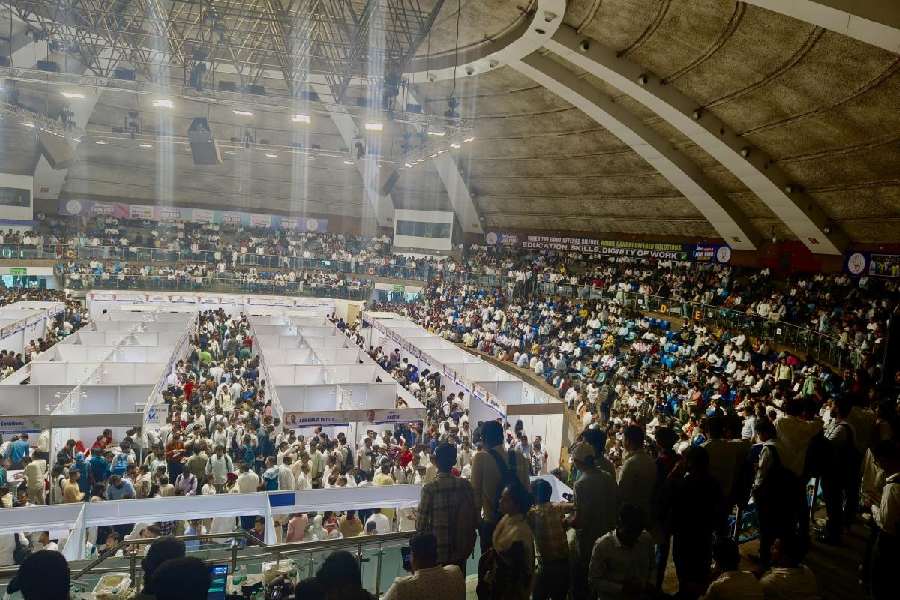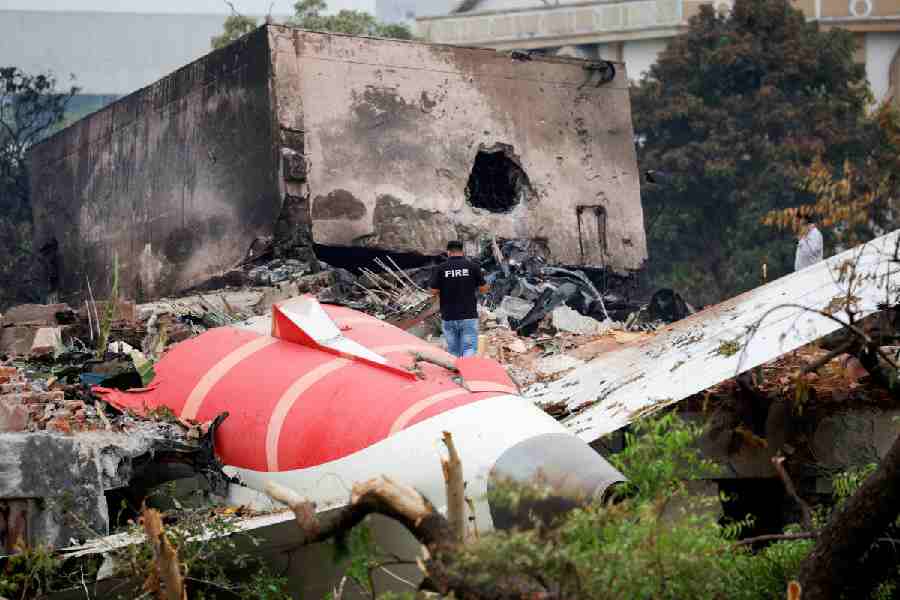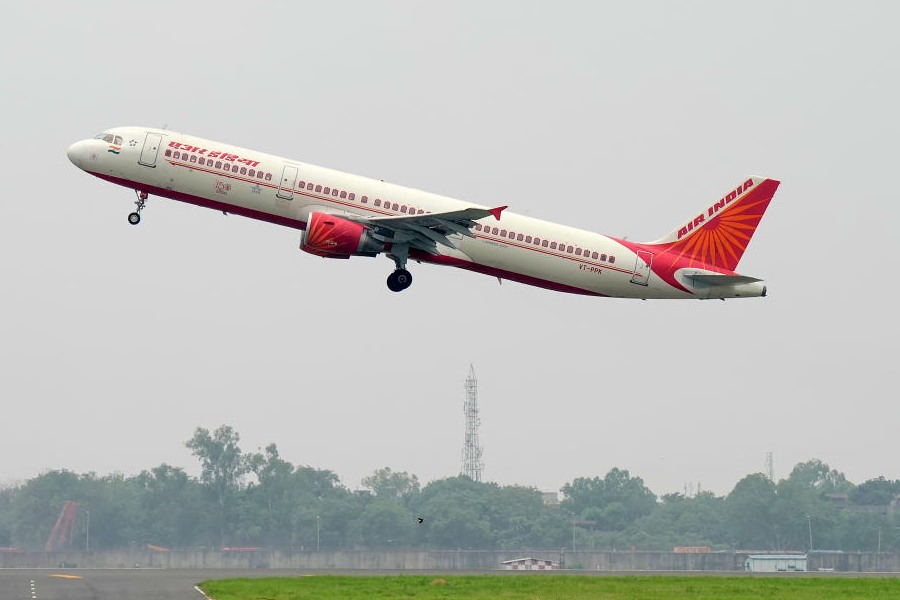Guwahati, Nov. 7: The Narengi cantonment, one of the biggest in the Northeast, and along with the Army base hospital at Basistha, has been hit by a severe water crisis for over 72 hours, following massive siltation in the Brahmaputra here, after a similar crisis at Gauhati Refinery.
The Indian Oil Corporation Ltd (IOCL), which is on commercial contract with the army to provide water, has failed to meet the army's requirements.
The Narengi cantonment houses, among others, major logistics depots to support military units and formations deployed across the Northeast, for which they hold a large inventory of warlike stores, including ammunition, Lt Col Suneet Newton told The Telegraph. "This disruption in water supply seriously jeopardises the fire-fighting ability of the military station in case of an emergency. The problem could have been avoided to a large extent if there had been some kind of foresight or a contingency plan," he added.
Nearly 12,000 inhabitants of Narengi cantonment and Basistha military garrison, along with 500 patients at 151 Base Hospital, located 9km east of the cantonment, depend on the water supply which has now been cut by the IOCL.
"We aren't getting any water at all. No prior intimation had been given to the military engineer services (MES) about the looming crisis," Newton said. "We have now approached the state government and the National Disaster Response Force (NDRF) for assistance."
The Telegraph had flagged the issue in its October 27 edition, detailing the crisis that had hit Gauhati Refinery, the oldest public sector refinery in the country that is referred to as Gangotri in the oil industry. With the rains stopping towards the end of September, the river here has been reduced to a sort of channel crisscrossed by large sandbars.
The refinery itself continues to be on edge in terms of continuing its operations. "We have a floating pump house," Jogen Barpujari, the executive director of the refinery told The Telegraph this evening. "The problem is that the main stream of the Brahmaputra has gone over a kilometre away from the pump house, which is now completely surrounded by sandbars. The excavators we have engaged to dig a channel between the stream and the pump house are getting stuck in the loose sand. We need 250,000 litres of water every hour for our cooling purposes. And then there is our supply to the military engineer services and Basistha army hospital," he said.
"The refinery is somehow getting the required amount of water. But every morning, the situation changes for the worse. If we get any less, we will simply have to shut down the refinery. And the rains are expected only in March," he added.
The IOCL is on a commercial contract to supply 22 lakh gallons of water per day to the Military Engineering Services (MES) at the rate of Rs 16 per 1,000 litres. The MES has been drawing 18 lakh gallons of water to meet the requirements of Narengi cantonment and Basistha military garrison. By this morning, however, the scene was that of a water queue in a city slum: army water tankers, fire tenders marked ministry of defence, along with army trucks loaded with large tanks, were seen lining up near the refinery hospital to collect water.
The refinery has, over the past few days, already cut back on its CSR activity of providing drinking water to neighbouring areas such as Noonmati.
Refinery sources said the water level of the Brahmaputra had gone down substantially since August and going by the extent of silt accumulation, the situation has worsened from the corresponding period last year. "This is an unprecedented situation," Barpujari said. "We are now trying to set up pumps that will bring water from the main Brahmaputra stream to our pump house so that the pump house can do the rest."
The Brahmaputra, which enters the state through Arunachal Pradesh where it is the Siang, widens into an over 10km river at Dibrugarh, about 500km upstream of Guwahati. The breadth, however, reduces to 1.5km at Guwahati. "The river is funnel-shaped at Guwahati, given the presence of hills on both banks (including Nilachal hill on which the Kamakhya temple is located). This causes a huge amount of sedimentation between Guwahati and Palashbari, 22km downstream," said Dulal Chandra Goswami, the retired head of the department of environmental sciences at Gauhati University.











